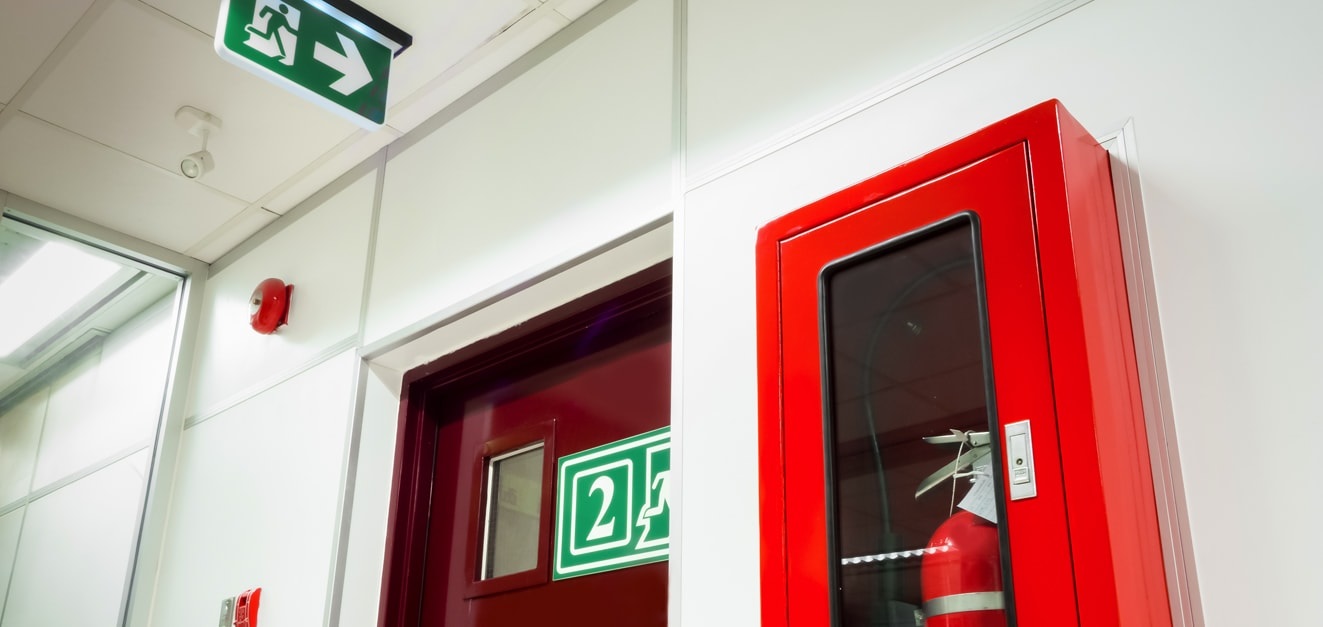
Emergency evacuation systems play a crucial role in ensuring the safety of individuals during times of crisis. They are designed to efficiently guide people away from danger, whether it be a fire, natural disaster, or any other emergency. While the core purpose remains the same, the implementation and intricacies of evacuation systems vary significantly across different sectors. This blog explores the differences between public and private sector emergency evacuation systems and highlights the unique challenges and solutions each sector faces.
The demand for an emergency evacuation system in Malaysia is on the rise across both public and private sectors. This surge in demand is driven by a confluence of factors that underscore the increasing emphasis on safety and preparedness. In the public sector, population growth and density in urban areas have made efficient evacuation systems a necessity. Government regulations mandate the implementation of comprehensive evacuation plans in various public institutions, including government buildings, schools, public transportation, and healthcare facilities. Moreover, the intensifying impact of climate change, with its associated natural disasters, has underscored the importance of robust evacuation systems in safeguarding citizens. Public awareness regarding safety, fueled by high-profile incidents and social media, has further heightened the demand for effective evacuation measures.
In the private sector, business continuity and liability requirements have driven organizations to invest in evacuation systems that protect employees, and assets, and ensure regulatory compliance. Technological advancements and a strong focus on safety culture have also accelerated the adoption of state-of-the-art evacuation systems. Overall, the increasing demand in both sectors reflects a growing recognition of the importance of these systems in enhancing safety and resilience in the face of emerging challenges.
Government Facilities:
Government buildings often have sophisticated and highly regulated evacuation systems. They typically include well-marked exit routes, evacuation drills, and monitored fire alarms.
Educational Institutions:
Schools and universities have special evacuation plans designed to accommodate a large and diverse population. They may include safe zones and protocols for reuniting students with parents or guardians.
Public Transportation:
Buses, trains, and airports are equipped with evacuation procedures for mass transit systems. Rapid and organized evacuation is essential to ensure passenger safety during unforeseen events.
Healthcare Facilities:
Hospitals require meticulous planning due to the presence of patients who may have limited mobility. Evacuation systems in healthcare settings consider factors such as medical equipment, staff training, and patient transfer protocols.
Corporate Offices:
Private companies often have customized evacuation systems that integrate with their security protocols. These systems may include access control, automated messaging, and designated assembly points.
Industrial Facilities:
Manufacturing plants and industrial sites need an emergency evacuation system in Malaysia that takes into account the presence of hazardous materials and machinery. Ensuring the safety of both employees and the surrounding community is a top priority.
Commercial Spaces:
Shopping malls, hotels, and entertainment venues have unique challenges, including the need for clear signage, crowd control, and communication systems that can handle large groups of people.
Communication:
Both public and private sector evacuation systems require effective communication. Public sector systems often rely on government agencies for information dissemination, while private sector systems may use mass notifications and internal communication platforms.
Compliance:
Public-sector evacuation systems must adhere to stringent government regulations, while private-sector systems are subject to industry-specific safety standards and insurance requirements.
Resource Allocation:
Private sector organizations must allocate resources to maintain and update their evacuation systems, while public sector entities may have access to government funding.
The emergency evacuation system in Malaysia is a fundamental aspect of safety and disaster preparedness in various sectors. While the core goal of ensuring the safety of people remains consistent, the specific challenges and solutions can vary widely between public and private entities. Understanding these differences is essential for creating effective evacuation plans tailored to the unique needs of each sector. Ultimately, whether public or private, the success of an evacuation system hinges on planning, preparedness, and continuous improvement.
Kuala Lumpur-based company Afantage provides a well-maintained fire monitoring solution to myriads of high-rise buildings and offices. Clients' satisfaction gave rise to their mission. Their unique and quick evacuation systems at the time of fire outbreaks from high-rise buildings, in any circumstance, with the help of modern equipment, demand commendable applause. For more details and success stories please visit their official website https://www.afantage.com/